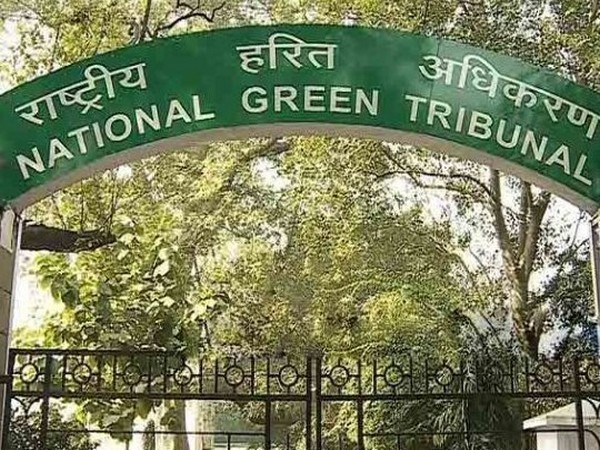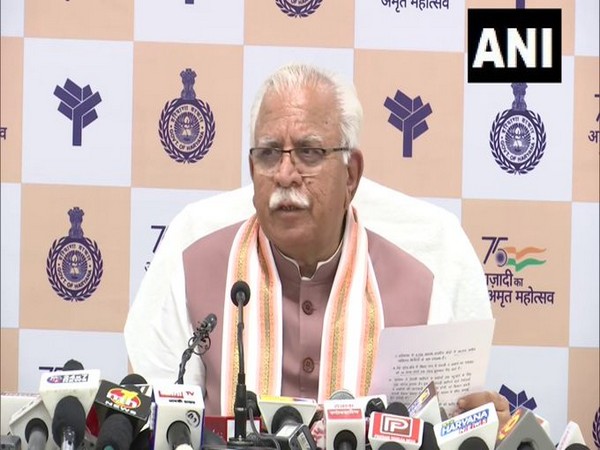The National Green Tribunal (NGT) has levied Environmental Compensation of Rs 50 crores on the state of Mizoram for allegedly not managing solid as well as liquid waste management causing harm to the environment.
The Bench of Justice Adarsh Kumar Goel while passing an order on December 8, 2022, said, “We hope in the light of interaction with the Chief Secretary, the State of Mizoram will take further measures in the matter by an innovative approach and stringent monitoring, ensuring that gaps in solid and liquid waste generation and treatment are bridged at the earliest, shortening the proposed timelines, adopting alternative/interim measures to the extent and wherever found viable.”
Restoration plans need to be executed at the earliest simultaneously in all districts/cities/ towns/ villages in a time-bound manner without further delay. Compliance is ensured by Chief Secretary.
Tribunal also said that considering the statement the gap in sewage generation and treatment is 23.94 MLD and there is a gap in solid waste management, 60,000 MT legacy waste. The estimated environmental compensation comes to around Rs 50 crores.
It was also confirmed during the interaction with Chief Secretary that the amount of Rs 50 crores readily available with the State can be ringfenced for utilising exclusively for sewage and solid waste management, noted the Tribunal.
The Tribunal also said that the Secretary, Ministry of Defence, GoI in coordination with DG, MES, DG, Defence Estates and other concerned authorities might ensure that necessary measures are taken for waste management by adequate monitoring in the interest of the environment and public health. They may also coordinate with ULBs concerned. Accordingly, the State may interact with Defence organizations to share work experience.
We have suggested a change in approach in realizing that remedial action cannot wait for an indefinite period nor loose-ended timelines without accountability can be a solution. The responsibility of the State is to have a comprehensive time-bound plan with tied-up resources to control pollution which is its absolute liability. If there is a deficit in budgetary allocations, it is for the State alone to have suitable planning by reducing costs or augmenting resources.
The issues of solid as well as liquid waste management are being monitored by the Tribunal as per orders of the Supreme Court order dated 02.09.2014 with regard to solid waste management and order dated 22.02.2017, with regard to liquid waste management. Other related issues include pollution of 351 river stretches, 124 non-attainment cities in terms of air quality, 100 polluted industrial clusters, illegal sand mining etc. which have also been dealt with earlier but we propose to limit the proceedings in the present matter to two issues of solid waste and sewage management, said the order.
Tribunal also noted that in view of continuing non-compliance, vide order dated 16.01.2019, the Tribunal directed the personal presence of Chief Secretaries of all States and UTs for interaction to ensure compliance. The Tribunal held that large-scale non-compliance with environmental norms was resulting in deaths and diseases and irreversible damage to the environment, without accountability for such failures.
Though violation of the Rules as well as orders of this Tribunal is a criminal offence, still there was a rampant violation by State authorities practically with no accountability which unhappy situation was required to be remedied by the involvement of the highest functionaries of the State in the interest of public health and to uphold rule of law. (ANI)
Read More: http://13.232.95.176/

